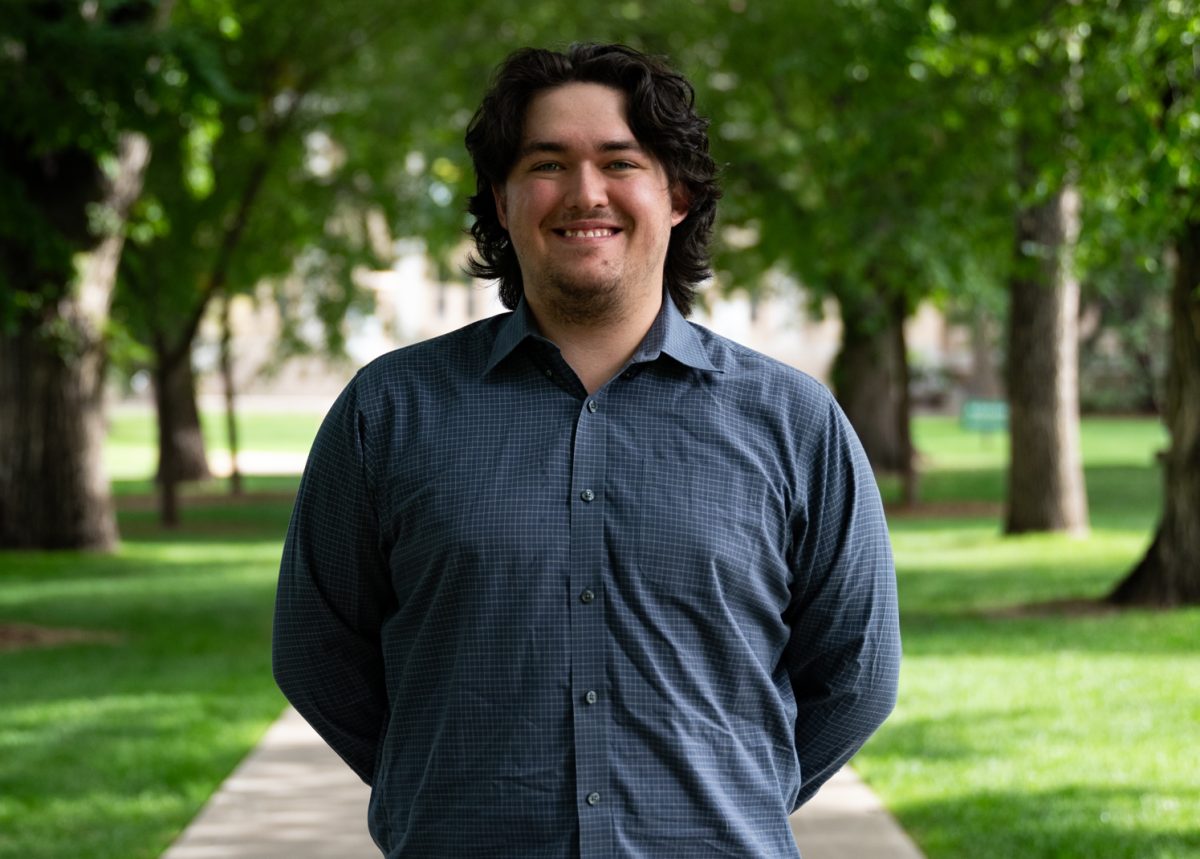Editor’s Note: All opinion section content reflects the views of the individual author only and does not represent a stance taken by the Collegian or its editorial board.
This month, Women’s History Month, has been full of celebrations of women, their accomplishments, as well as particular women’s issues. This month has also brought to light a large problem with new age women’s movements: White feminism.

With the numerous women’s marches, events, and protest aimed at equality, it is important we start to identify and address this problematic phenomenon.
According to The Stanford Encyclopedia of Philosophy, ‘the goal of feminism to be ending the oppression of women. But if we also acknowledge that women are oppressed not just by sexism, but in many ways, e.g., by classism, homophobia, racism, ageism, ableism, etc., then it might seem that the goal of feminism is to end all oppression that affects women.”
Feminism is about advocating for women’s rights, equality between sexes, and ending gendered oppression. Intersectional feminism is about understanding how women’s’ overlapping identities – like ethnicity, race, sexual orientation, religion, class-also impact the way women experience discrimination and oppression.
White feminism, also similar to first world feminism, is not to be confused with feminism practiced by white people. It is not an accusation, rather a particular brand of feminism that forgets, minimizes or knowingly neglects the experiences of women of color and other intersectionalities.
“White feminists don’t recognize the greater degree of misogyny faced by women of color, LGBTQ+ women, women with disabilities, or women facing class oppression. It erases the experiences of women who are not white, heterosexual, cisgender women,” wrote FEM magazine author Rebecca Vorick. “White feminism tightly constricts the boundaries of what it means to be a “woman” instead of being inclusive of all women.”
With CSU being a predominantly white institution, it is easy for practicing feminists to forget the struggles of other identities that don’t have a strong presence on this campus.
ASCSU has recently embraced intersectional feminism by creating the new Women’s Caucus. Creator and WGAC senator Merall Sherif said she didn’t believe the purpose of the caucus was to give anyone a voice, because another’s voice is not hers or anyone else’s to give and take away. Rather, the purpose of the Caucus is to create a space where people can use their voices and be heard.
“I am intersectional feminist and I believe in having representation in student government to reflect all the different kinds students it serves, and women’s voices on this campus,” Sherif said. “I don’t believe in giving people a voice, but we are creating a space for people to be heard. This is what I wanted to create with the women’s caucus. I am intersectional feminist and I believe in having representation in student government to reflect all the different kinds students it serves, and women’s voices on this campus.”
I don’t believe in giving people a voice, but we are creating a space for people to be heard. This is what I wanted to create with the women’s caucus. I am intersectional feminist and I believe in having representation in student government to reflect all the different kinds students it serves, and women’s voices on this campus.
Merall Sherif, WGAC senator, Women’s Caucus creator
We cannot assume that there is one singular voice speaking on behalf of all women, because not all women are equal beneficiaries of the mainstream feminist movement. Just marching for wage equality doesn’t help the Black and Hispanic women who suffer the largest wage gaps and are paid less than both their white male and female counterparts. White feminism forgets to include certain aspects and issues that affect marginalized identities.
It looks at womanhood and the issues and challenges women face through just one particular lens, usually a white and middle class experience, and does not address the issues that specifically affect women of color or transgender women.
Traditional white feminism started way back in the founding of the movement, and its following movements historically supported systematic oppression of minorities. Even esteemed feminist leaders like Susan B. Anthony actively campaigned against the rights of people of color to advance their agenda for white women.
The purpose is not to blame or shame but to educate and inform. When someone tells you that your comments as a ‘feminist’ are problematic and supporting systemic racism, don’t get offended. Listen, reflect and see if you are actually including other intersectionalities. Emma Watson did just this, when she wrote a letter to her Goodreads book club addressing her own problematic white approach to feminism.
If you want to call yourself a feminist you need to care about issues even if they don’t directly affect you but do other women.
Some good examples of intersectional feminist issues include:
-
Black women have the highest maternity mortality rates and they are significantly and disproportionately rising
-
2017 was the deadliest year on record for transgender people, particularly women
-
Native American and Alaskan Native women are 2.5 times more likely to experience sexual assault and rape than any other ethnic group in the United States
-
In 2013 almost 36 percent of disabled women with work limitations lived below the poverty line
The only way women can move forward is if they do so together. Sherif emphasized the importance of ending the ‘giving a voice’ narrative, saying a major goal of intersectional feminism was to create spaces where any woman could use their voice, not have to rely on someone in the dominant group to speak on their behalf.
“That’s the problem of white feminism – it’s one group speaking up on behalf of women, but not speaking on behalf of all women,” Sherif said. “More often than not, they are speaking from places of privilege.”
Jayla Hodge can be reached at letters@collegian.com or online at @Jaylahodge.










